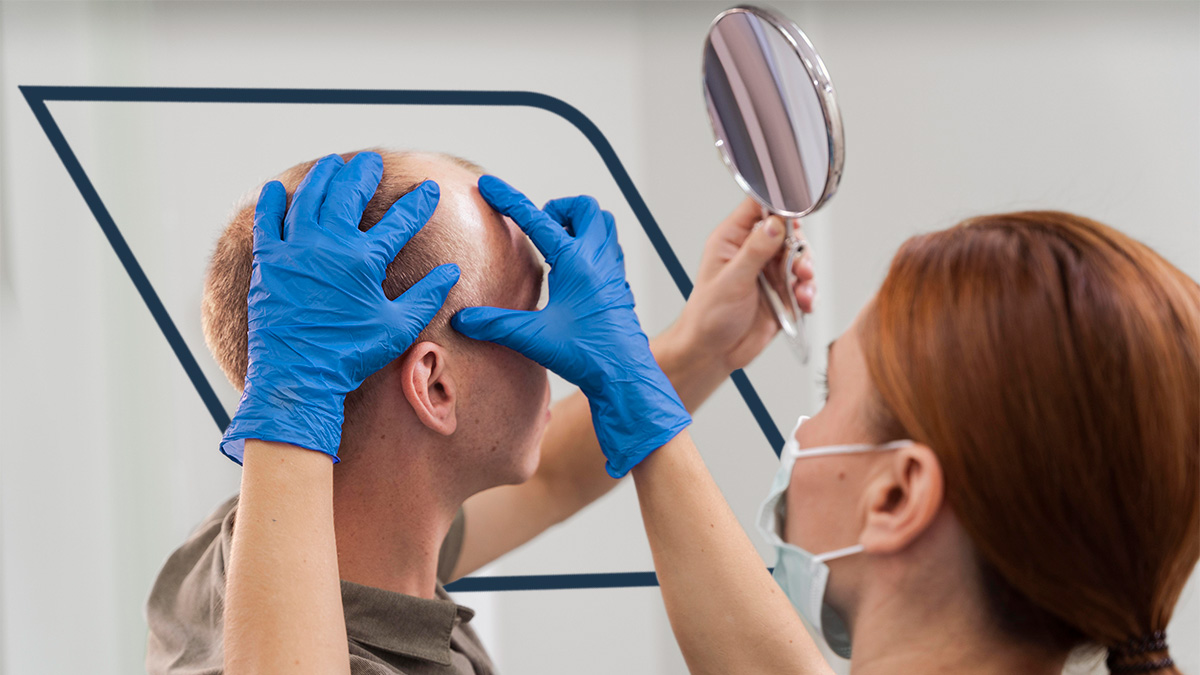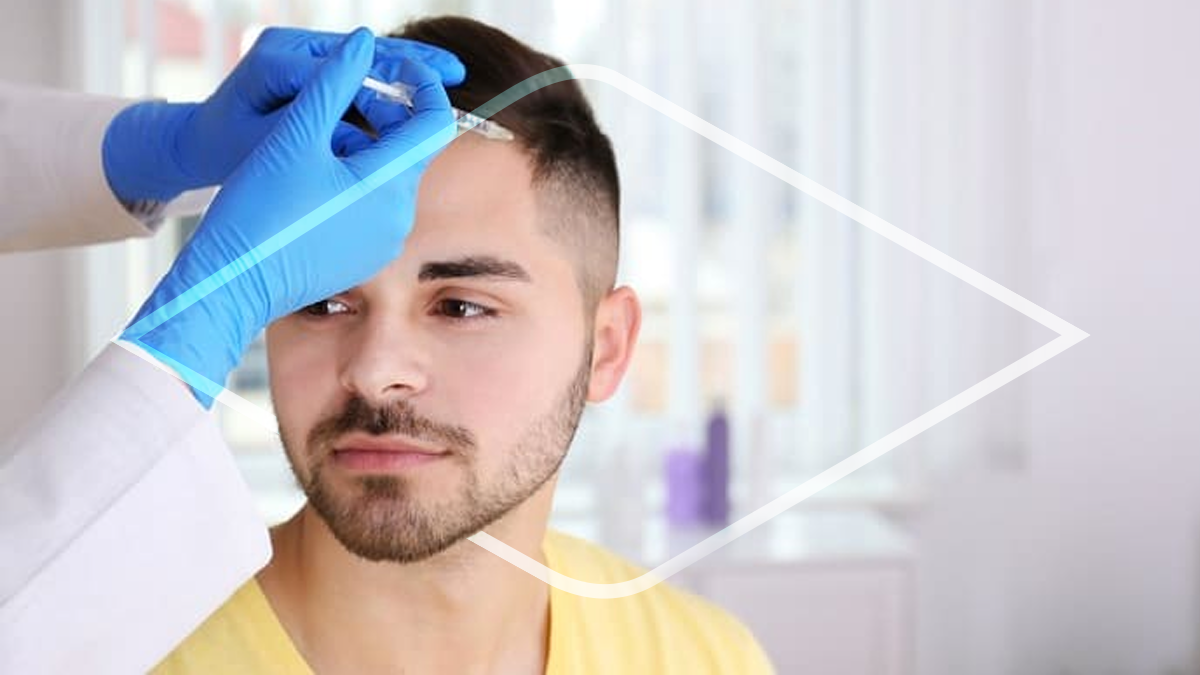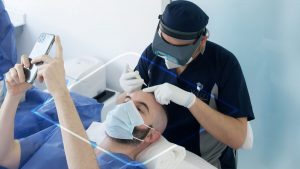Facial hair plays a crucial role in male aesthetics and self-perception. The desire for a fuller beard has fueled the rise of the Hair Transplant Beard procedure, which has gained significant attention in dermatology and cosmetic surgery. Unlike scalp hair transplantation, beard restoration involves unique challenges due to the density, direction, and growth pattern of facial hair. Understanding these nuances is vital for potential candidates and practitioners alike.
The Medical Rationale for Hair Transplant Beard Procedures
Beard hair transplantation is medically indicated for individuals experiencing congenital patchiness, scarring alopecia, trauma-related hair loss, or aesthetic dissatisfaction. The procedure is not merely cosmetic; in cases of reconstructive surgery, it restores facial symmetry and psychological well-being. Studies published in journals such as the Journal of Cosmetic Dermatology emphasize that facial hair restoration contributes to improved self-esteem and social confidence among male patients.
Anatomy of Facial Hair
Unlike scalp hair, beard follicles are typically coarser, curlier, and have a higher density per square centimeter. They are hormonally influenced, predominantly by dihydrotestosterone (DHT), which impacts growth rate and texture. For transplant success, surgeons must consider follicular unit density, angle of emergence, and regional variations across the jawline, chin, and cheeks. Misalignment in any of these parameters can produce unnatural results, highlighting the necessity of a meticulous surgical plan.
Techniques in Hair Transplant Beard
Modern beard transplantation relies on two primary techniques: Follicular Unit Extraction (FUE) and Follicular Unit Transplantation (FUT).
- Follicular Unit Extraction (FUE):
FUE involves harvesting individual follicles from a donor area, typically the occipital scalp, and implanting them in the recipient site on the face. Advantages include minimal scarring, faster recovery, and the ability to customize density and direction precisely. A meta-analysis published in Dermatologic Surgery (2022) indicates that FUE demonstrates higher patient satisfaction rates in facial hair restoration compared to FUT. - Follicular Unit Transplantation (FUT):
FUT involves removing a strip of donor scalp, dissecting it into individual follicular units, and implanting them into the beard area. While slightly more invasive and leaving a linear scar at the donor site, FUT can provide a higher yield of follicles in a single session, beneficial for patients requiring extensive coverage.
Choosing the Right Technique
The choice between FUE and FUT depends on several factors: donor hair availability, desired beard density, patient preference regarding scarring, and cost considerations. Most modern practitioners prefer FUE for facial hair due to its precision and minimal invasiveness, especially in patients with limited beard growth or patchy patterns.
Preoperative Considerations
A thorough medical evaluation is essential before proceeding with a Hair Transplant Beard. Preoperative steps include:
- Medical History Review: Screening for autoimmune diseases, bleeding disorders, or medications affecting hair growth.
- Photographic Assessment: Documenting current facial hair patterns to design an optimal transplant plan.
- Donor Hair Evaluation: Determining scalp hair density, caliber, and color match for natural-looking results.
- Patient Counseling: Setting realistic expectations regarding density, growth timeline, and potential need for secondary procedures.
Patients are advised to avoid smoking, alcohol, and medications that may impair healing for at least two weeks prior to surgery.
Surgical Procedure
During the transplant, surgeons meticulously design the hairline and distribution pattern according to facial contours. Each follicle is implanted at a specific angle and orientation to replicate natural growth patterns. The procedure can take between 4 to 8 hours, depending on the number of grafts required. Local anesthesia is typically sufficient, minimizing systemic risks and ensuring patient comfort.
Graft Density and Placement
Optimal graft density for a natural beard appearance ranges between 30 to 50 follicular units per square centimeter. Placement must consider regional variation, such as denser coverage on the chin and sparser areas along the cheeks, to mimic natural hair distribution. Advanced techniques, such as robotic-assisted FUE, can enhance precision and minimize transection rates.
Postoperative Care and Recovery
Postoperative care is critical for graft survival and aesthetic outcomes. Standard recommendations include:
- Gentle cleansing and application of prescribed topical solutions.
- Avoiding direct sunlight and mechanical trauma to the transplanted area.
- Adhering to medications for pain, inflammation, or infection prophylaxis.
- Regular follow-up to monitor healing and hair growth progression.
Patients typically notice initial shedding within 2 to 4 weeks, with visible regrowth emerging between 3 to 6 months. Full results are generally apparent after 12 months.
Risks and Complications
While Hair Transplant Beard procedures are generally safe, potential risks include:
- Folliculitis: Inflammation of implanted follicles, usually manageable with antibiotics.
- Uneven Growth: Misaligned follicles may require corrective touch-ups.
- Scarring: Particularly in FUT procedures, though usually minimal with FUE.
- Shock Loss: Temporary thinning of surrounding hair, which often regrows naturally.
Evidence-based guidelines stress that choosing an experienced surgeon and following pre- and postoperative instructions significantly reduces complication rates.
Comparative Analysis: Beard vs. Scalp Transplants
| Feature | Beard Transplant | Scalp Transplant |
|---|---|---|
| Hair Texture | Coarser, curlier | Finer, variable |
| Growth Direction | Multidirectional | Mostly vertical |
| Graft Density | 30–50 FU/cm² | 40–60 FU/cm² |
| Healing Time | 7–10 days | 10–14 days |
| Scarring | Minimal (FUE) | Possible linear (FUT) |
This comparison underscores the necessity of specialized training for facial hair transplantation.
Cost Considerations
Hair transplant beard procedures vary in cost depending on the number of grafts, technique, surgeon expertise, and geographic location. In the United States, prices typically range from $3,000 to $15,000, with FUE procedures generally at the higher end due to labor intensity and precision. Patients should also account for potential follow-up sessions to achieve optimal density.
How long does it take to see full results from a Hair Transplant Beard?
Visible regrowth begins at 3 to 6 months, with full results appearing around 12 months.
Factors such as patient age, hair characteristics, and adherence to postoperative care can influence timelines.
Advances in Technology
Emerging technologies in beard transplantation include robotic-assisted graft harvesting, platelet-rich plasma (PRP) therapy to enhance graft survival, and 3D simulation tools to previsualize final outcomes. These advancements contribute to higher patient satisfaction and more predictable results.
Psychological and Social Impact
A fuller, well-shaped beard can significantly influence a man’s self-confidence and social interactions. Research indicates that individuals with a restored beard report improved self-image and reduced social anxiety. Surgeons increasingly consider psychological readiness and motivation when evaluating candidates for the procedure.
Future Directions
The Hair Transplant Beard procedure represents a sophisticated intersection of cosmetic surgery, dermatology, and patient-centered care. With advances in surgical technique, technology, and preoperative planning, outcomes have become increasingly natural and reliable. Future trends may focus on genetic and stem-cell-based approaches to enhance hair growth predictability and long-term sustainability.
Men considering a beard transplant should consult board-certified surgeons, review clinical evidence, and manage expectations realistically. Proper patient selection, meticulous surgical planning, and adherence to postoperative care are key determinants of success.
By understanding the full scope of Hair Transplant Beard procedures, prospective patients and clinicians can make informed decisions that balance aesthetics, medical safety, and long-term satisfaction.
A Hair Transplant Beard offers more than aesthetic enhancement—it contributes to psychological well-being and social confidence. As surgical techniques and technology evolve, beard restoration is becoming increasingly precise and natural. Men exploring facial hair transplants are encouraged to research, consult experts, and consider both medical and aesthetic factors. For further insights, explore related topics on non-surgical facial hair enhancement and scalp-to-beard transplantation techniques.







